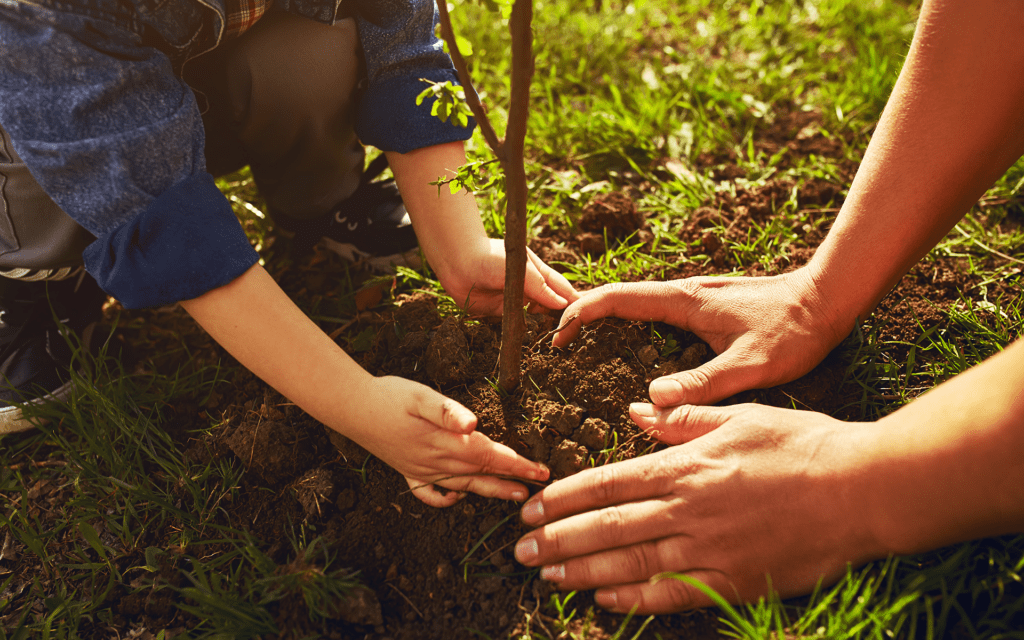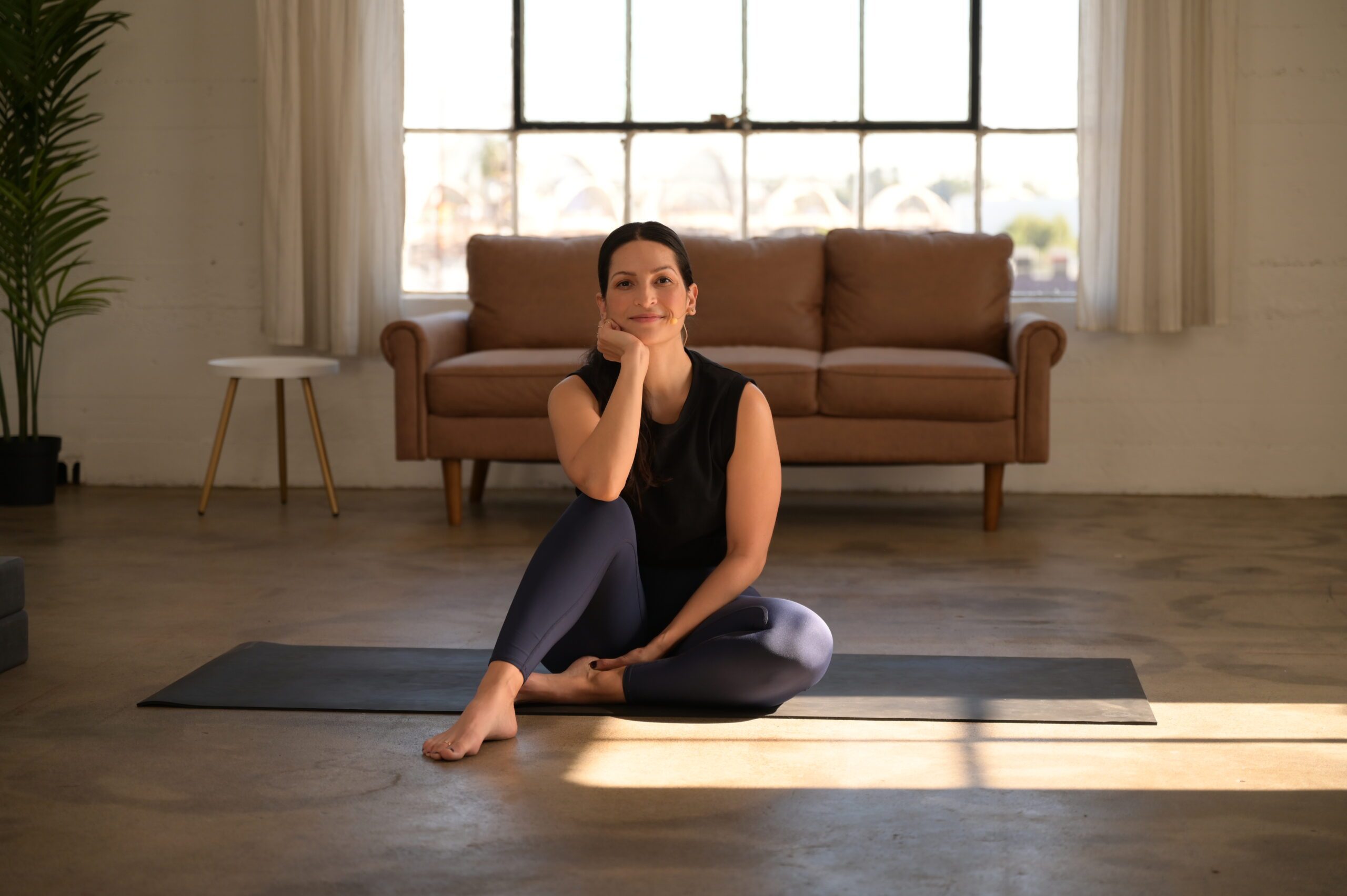Practicing Fearless Metta
Instead of avoiding or suppressing fear, meditation teacher Kevin Griffin offers a third option—meeting our fear with care and kindness. The post Practicing Fearless Metta appeared first on Tricycle: The Buddhist Review.

The origins of the practice of loving-kindness and the Metta Sutta are recorded in the commentaries to the Suttanipata. As the story goes, a group of monks went off to meditate in a forest. There the “tree spirits” or devas resented the monks’ intrusion into their space and set about spooking them. These devas managed to terrify the monks and completely disrupt their concentration, sending them running back to the Buddha for help. I’m not sure that I believe in tree spirits (though I think trees themselves are spirits), but I can relate to how scary it can be to sleep out in the woods.
This is when the Buddha taught the monks the Metta Sutta, telling them that it would both help them to concentrate and protect them from any demons. When the monks took the sutta and its practice back to the forest, the devas were so moved by the love radiating from the monks, that they not only accepted them sitting among their trees, but actively took care of them while they meditated.
Whether taken literally or as myth, the story has the same meaning: love is the antidote to fear. It protects us. When we are able to respond with love, fear is conquered.
How does metta address our fear?
Metta is the practice of openness and non-separation. It asks us to risk letting down the walls, thinking of the welfare of others instead of ourselves. In short, it tells us that protecting the illusory self is not the way to freedom. Metta is not only a practice to cultivate fearlessness, but an expression of the wisdom of fearlessness. Understanding metta means understanding the truth of interdependence and the insubstantiality of self.
How, then, to practice fearless metta? As with all Buddhist practice, the starting point is mindfulness, in this case, mindfulness of fear. Our tendency is often to avoid feeling difficult emotions or addressing them head-on. Instead of being with our feelings, we tend to either react to them or try to suppress or overcome them—fight or flight.
Buddhism offers a third way: awareness, openness, investigation, and acceptance. These are the key components of mindfulness. With fear, this means a willingness to first and foremost feel the uncomfortable quality of this emotion. In practical terms, this means allowing the fear to arise and flow through our body and mind without resistance. The breath anchors us in the present moment and helps the fearful energy move through the body. As we become more intimate with this feeling, we bring an attitude of caring and kindness—metta—to the feeling itself. We try to soothe our own fear with this attitude. Soon we may find that we are able to let go of many of the common manifestations of fear in a natural, effortless way.
If it’s true, as the title of the seventies self-help book proclaims, that Love Is Letting Go of Fear, then that must mean hate is clinging to fear. As simplistic as this formula may appear, it holds a basic truth.
I learned this lesson many years ago when I worked for a delivery service in LA. The days were long and stressful driving my beat-up Subaru down crowded boulevards and highways shuttling documents and packages to law offices, banks, and other businesses around the city. One late afternoon coming down the Hollywood Freeway after my last delivery, traffic tight but still moving fast, a car weaving across lanes suddenly cut in front of me, forcing me to slam on the brakes and swerve to avoid an accident. The driver kept right on going, while I felt a rush of anger grab hold. Exhausted, caffeinated, and edgy I jumped on the gas and went after him. Caught in the grip of my rage, I came up on him and did the same thing he did to me, swerving in front of him and narrowly avoiding an accident. He leaned on his horn and cut across lanes again, disappearing amid the mass of cars approaching downtown LA.
My heart pounding, my head swimming now, I pulled off the highway onto the shoulder, still holding fast to the steering wheel. I sat there taking deep breaths and trying to calm down. What was I thinking? I could have gotten killed? What if that guy had a gun? I knew I’d been terribly foolish, but I didn’t really understand why I’d reacted that way.
When someone cuts us off on the highway, they are endangering our lives. Even though we may not think of it that way consciously, our body and our nervous system know it. That danger triggers fear. What our bodies and minds often do with that fear is turn it into anger. Our survival instinct tells us that if we are in danger, we need to protect ourselves, and that very often means we need to fight. As though we were being attacked, we go into an aggressive mode. We are operating a large machine that can be a violent weapon, and we are in a sense trapped on the road. In the logic of fight or flight, there’s no real room for flight, so fight it is.
This process plays out in many ways that have broader implications than a dangerous moment in our cars.
Fear of change, fear of “the other,” fear of losing power or wealth or land, these are all drivers of hatred, the motors behind war, oppression, and exploitation. Human history is littered with the rubble of these fears, and our own era continues this tragic pattern. The roots of these horrors lie in the fear and hatred that live in the human mind. As we as individuals hate, so too do our communities and nations. No amount of treaties or international agreements can eliminate the roots of war.
Only the transformation of human consciousness will change the larger human culture. It is this transformation that Buddhism seeks.
Practice: Breathing With Fear
To practice with fear we need a strong willingness. Our instinct is to avoid, so we need to be committed to the process. The practice focuses on body sensations and experiences, avoiding entanglements of the mind. Try applying it next time you are anxious or afraid.
Start with several deeper breaths and relaxing the body.
Feel the fear as sensation and energy in the body.
Give space for those sensations, releasing any tendency to suppress or hold back
Keep breathing and releasing.
Relax the facial muscles, jaw, forehead, eyes.
Relax the shoulders.
Relax the belly.
Continue to feel the energy, noticing any tendency to tighten or resist.
Continue to relax and breathe.
If anxiety starts to get stronger, take more deep breaths and slowly exhale, releasing tension.
Notice the thoughts behind the fear and recognize their emptiness.
You are alive; you are breathing; trust that you can hold these feelings with kindness and wisdom.
⧫
From Living Kindness: Metta Practice for the Whole of Our Lives by Kevin Griffin © 2022. Reprinted in arrangement with Shambhala Publications, Inc. Boulder, CO.

 Tfoso
Tfoso 
































